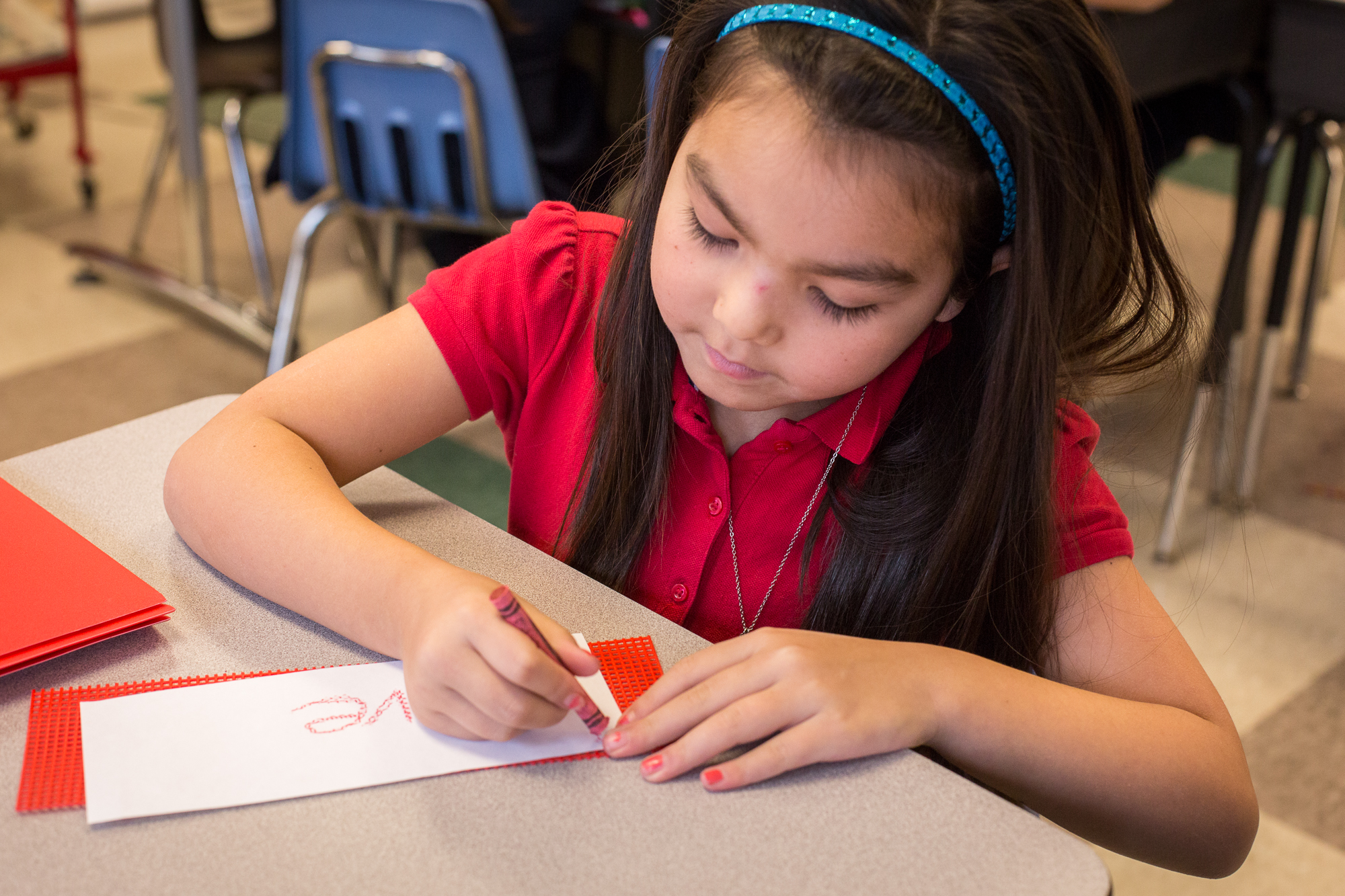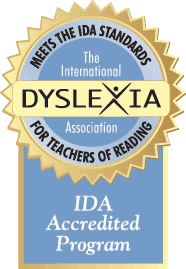Orton-Gillingham Lesson Basics: Non-Phonetic Words
Posted by Brainspring on 12th Jun 2019
Navigating the English language is not easy! Being able to automatically tackle the many irregularities and non-phonetic words can require lots of practice and repetition. This week, we will cover the importance of using multisensory instruction to help students master these tricky non-phonetic words embedded in our language.
In case you missed our last article on Syllabication, click HERE!
The Articulation of this Delightful Language is Excellent!
English, as we know, is comprised of many languages. Danish, Norse, French, Latin, Italian, Greek, just to name a few. The words italicized in the title above, for example, are all words coming from what language? Take a guess …
 wikipedia.org
wikipedia.org
… French!
It is understandable why one would stumble reading and/or spelling words in the English language. Words such as “been, because, does, government, special, said, ocean, from,” etc. simply do not follow the rules. Why, for example, don’t we pronounce the ‘n’ in “government”? Why does the ‘o’ in “from” sound like the ‘u’ in “umbrella”? It’s enough to make us crazy.
About 85% of the English language is phonetic. Phonetic words follow the rules, for the most part, and can be sounded out for reading and spelling. The remaining 15% of English, however, does not follow a rule. How then, do we teach the remaining 15%?
The short answer is … memorization. Words such as promise, machine, etc. cannot be sounded out to read and spell correctly. They instead have to be practiced, repeated and memorized. Students who struggle in reading and/or spelling require significantly more repetition using a multisensory approach before committing these words to memory.
Non-Phonetic Words: Make it Mulitsensory
We can set up our students for success in memorizing these irregular words by using multisensory techniques. Irregular, non-phonetic words can be termed “Red Words.” Just as we stop at a red light or a stop sign, now we also must stop when we come across a Red Word (aka non-phonetic word). In classrooms, Red Words are usually called sight words, high-frequency words, Dolch words, etc.
Usually, elementary classrooms have a list of sight words that students must memorize in a given year. Many older students may have missed memorizing these words in the earlier grades and therefore should keep a list of necessary words to review.
To help students memorize these words, try incorporating the following activities to help students “lock in” the words and become automatic in recognizing them:
- Talk about your new Red Word. Use aloud in sentences. Get your students familiar with how it sounds. Example: from – I am from Michigan!
- Show your students the Red Word – talk about what makes the word irregular. Example: from – the o sounds like a short u sound. Island – the s is silent.
- Have students arm tap their new Red Words. Show them the new word they are learning and have students tap the letters on their arm starting at their shoulder. Tap with their dominant/writing hand, cross the midline, and tap each letter until the word is completely spelled and they arrive at their wrist. Say the entire word. Example: From – start at the shoulder and say “f” “r” “o” “m” – slide down the arm and say the whole word.
- Try asking students to write their Red Words on index cards with a red crayon. They can also set their index card atop a sturdy, bumpy material and write the word with a red crayon. The wax from the crayon allows the letters formed to become texturized and will be bumpy to the touch. After the word is written, students can trace each letter with their finger while saying the letter name. They can then say the entire word. Students engage their sense of touch and strengthen muscle memory when tracing with their finger, thus providing a multisensory experience.
- Hole punch each red word card and put on a ring. Students will now have a collection of their Red Words that they can use to review previously learned words. Students can work in partners to review and ask each other to orally spell or read the words. They can also try arm tapping when they have forgotten a word! This will help in the recall of Red Words.

For further helpful hints on teaching Red Words, click HERE!
Written by Brainspring


